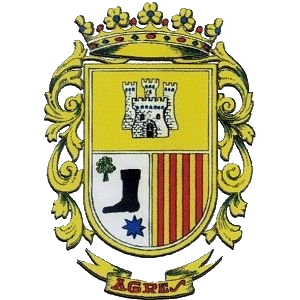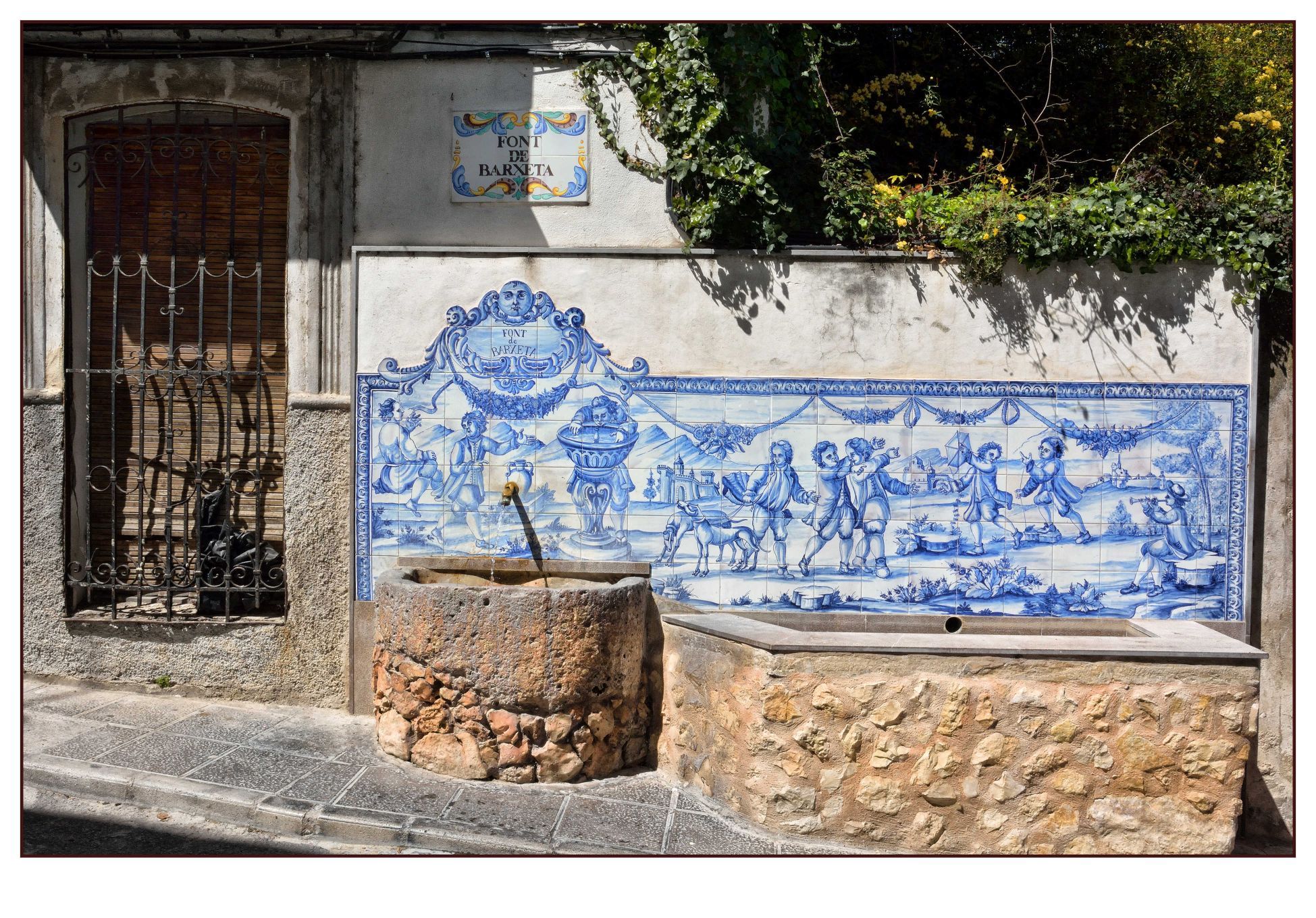Since ancient times AGRES has been important for water. Arcadi Piera Roig (Universitè Lumiere de Lyon II) in his work “THE HYDRAULIC SYSTEMS OF THE ALERTS OF AGRES” makes a study of the different systems of Hispano-Muslim irrigation and subsequent transformations to the feudal era.
The town center of Agres is delimited by two ravines; The Molino ravine to the east and the Bonell ravine to the west. The ravine of the Mill has a continuous flow of water throughout the year, supplied by the springs of the area.
The main point of capture of this system is made at the confluence of three ravines or torrents; Are well-known springs like the “JORDANAS” that pour great amount of water, a gift to the senses after days of rain. In addition there is a gallery or cavity excavated in the rock calcaría in the head of the ravine. This construction has the function of capturing groundwater. These catchment points are located on the right side of the ravine, while the jibs were built on the left side. As the water had to cross the ravine to irrigate the terraces, the farmers built an AZUD, to regulate the flow of the major irrigation channel and route the remaining waters through the channel of the ravine.
To these catchment points located on the left side of the ravine have been added the numerous springs located on the right side of the population of AGRES, and where anyone can refresh themselves in their fountains walking the streets of the village, they are the source of above, The source below and the middle source. The channeling of water inputs from these springs is a way of avoiding the deterioration of the structure of the major ditch and increasing the volume of water by irrigation.
This system is attributed to the Arabs and is known as the Hispano-Muslim system. Later transformations due to feudal times give us the extension of terraces, the irrigation ditch, the construction of a mill with its raft and the construction of the raft of the town that collects all leftovers from the system.
In the west of Agres to 100 meters of distance is the ravine of Bonell. On the left side there are some jolts made in the Hispano-Muslim period and others made during the transformations of the conquest.
The original Hispanomusulmán system has the point of catchment of the water at about 700 meters of altitude, to the left side of the ravine in the spring known as the source of Sirera. The flow is constant but small, the ditch currently crosses the road and reaches the Bonell raft. They are 40 meters canalized.
This natural spring of water was used to cover a primary need for survival and economic development of the village, currently has a tourist interest, as many visitors are approaching Agres to see the water falls after storms LES JORDANES, EL MOLI MATO and to drink in the refreshing fountains as you stroll through the village:
Convent Fountain.
Source of the suburbs.
Source of medium.
Barxeta font.
Source of assud.
Fonteta.
Bonell Source.
Also walking around the village you can see sources such as:
Anphyset font.
Driver’s font.
Source of alcudia.
Paw source.
Source of the covasa.
Source of cava.
Fontanella.
Trapezoid source.
Moli-Mato Fountain.

